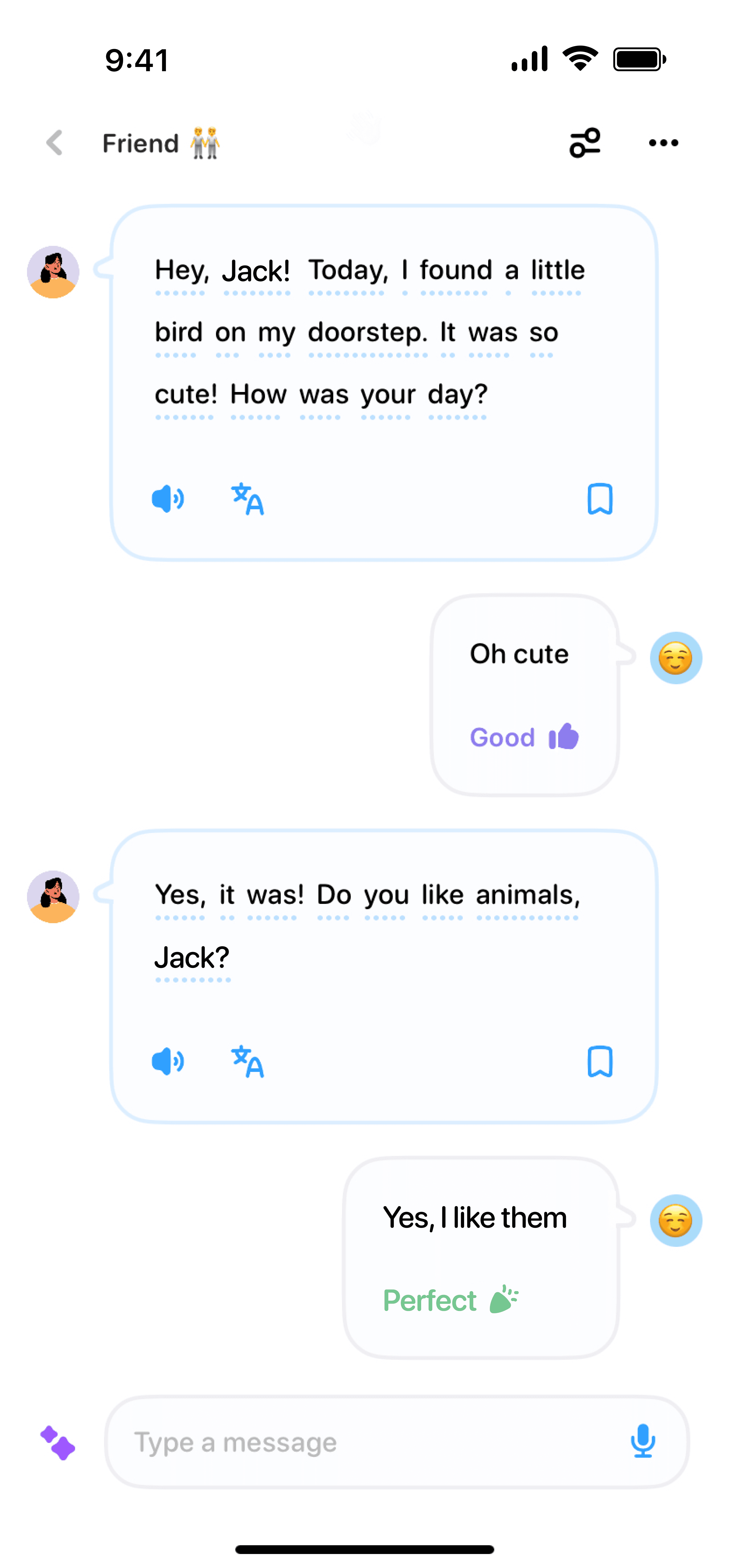06/08/2024
·
Emma Robbie
If you've ever dreamed of exploring the rich history and vibrant culture of Spain, learning Castilian Spanish is your golden ticket. Known as the standard form of Spanish, Castilian Spanish will help you communicate across Spain and understand its literature, media, and more. Ready to start your language-learning journey? Let’s dive in!
Why Learn Castilian Spanish?
Before you start, it’s good to understand why Castilian Spanish is so special. Castilian Spanish, or español, is the official language of Spain, but it's also spoken by millions around the world. Here's why learning it can be incredibly rewarding:
Cultural Insight: Castilian Spanish immerses you in Spain’s rich cultural heritage, from its flamenco dances to renowned literature like "Don Quixote."
Travel Benefits: Knowing the local language makes travel more enjoyable and hassle-free, allowing you to connect with locals and explore off-the-beaten-path destinations.
Cognitive Boost: Learning a new language enhances brain function, improves memory, and sharpens problem-solving skills.
Start with the Basics
1. Master the Pronunciation
Castilian Spanish has some unique pronunciation rules that set it apart from other Spanish dialects. For example:
The "th" Sound: The letter “z” and the soft “c” are pronounced like the English “th” in “thin.” So, “zapato” (shoe) sounds like “thah-pa-to”.
Clear Vowels: Spanish vowels are consistent. “A” is always pronounced like the “a” in “father,” and “e” is always like the “e” in “met.”
2. Build Your Vocabulary
Start with basic words and phrases. Here are some essentials to kick off your journey:
Greetings: Hola (Hello), Adiós (Goodbye), Buenos días (Good morning)
Common Phrases: Por favor (Please), Gracias (Thank you), ¿Cómo estás? (How are you?)
Numbers: Practice counting from 1 to 10: Uno, dos, tres, cuatro, cinco, seis, siete, ocho, nueve, diez
Dive into Structure
3. Get a Grasp on Grammar
Grammar can be intimidating, but breaking it down into manageable parts helps. Start with:
Nouns and Articles: Every noun in Spanish has a gender. Familiarize yourself with articles like “el” (the, masculine) and “la” (the, feminine).
Present Tense Verbs: Regular verbs follow predictable patterns. Learn the conjugation for -ar, -er, and -ir verbs.
Sentence Structure: Basic Spanish sentence structure typically follows Subject-Verb-Object, much like English.
4. Practice Everyday Conversations
Creating opportunities to practice what you've learned is crucial. Try these methods:
Language Exchange: Partner with a native Spanish speaker who's learning your language. It's a win-win!
Apps and Online Platforms: Use apps like Duolingo, Babbel, or Rosetta Stone, which provide structured learning paths.
Join a Group: Find local or online groups dedicated to practicing Spanish.
Immerse Yourself
5. Consume Spanish Media
Dive into Spanish media to improve your listening and comprehension skills:
TV Shows and Movies: Watch Spanish shows with subtitles. Start with something light like comedies or telenovelas.
Music: Listen to Spanish music! Try artists like Rosalía or Pablo Alborán.
Books and Newspapers: Begin with children's books or easy readers, and gradually move to newspapers and novels.
6. Travel to Spain
If possible, immerse yourself in the culture and language by visiting Spain. Even a short trip can expose you to real-world Spanish and accelerate your learning.
Keep the Momentum Going
Consistency is key in language learning. Set aside regular study time, and don’t be afraid to make mistakes. Remember, every word you learn brings you one step closer to fluency.
So go ahead, start your journey to learn Castilian Spanish today. ¡Buena suerte! (Good luck!)



